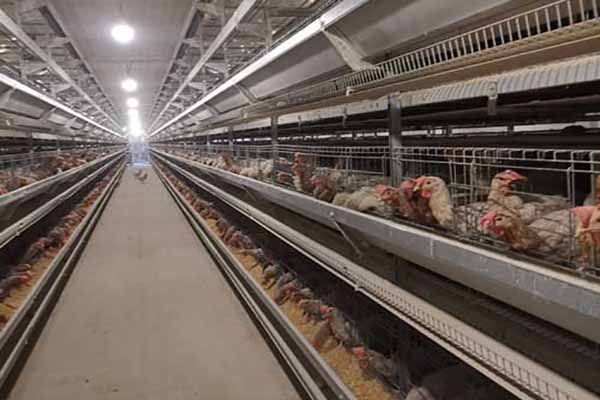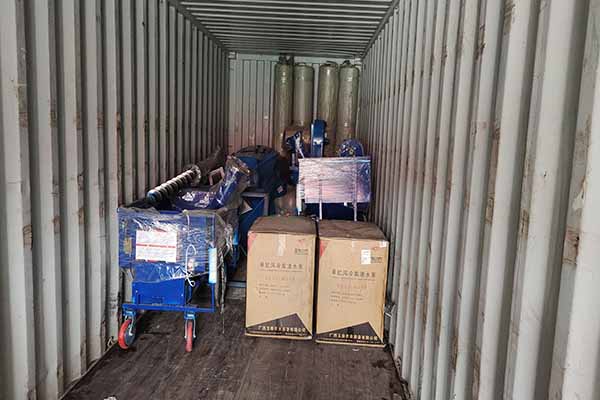Optimizing Layer Chicken Systems in Tanzania: A Comprehensive Guide
As the poultry industry continues to grow in Tanzania, implementing efficient layer chicken systems is crucial for success. This article delves into the key aspects of layer chicken systems in Tanzania, providing insights for farmers and investors alike.

Understanding Layer Chicken Systems in Tanzania
Layer chicken systems in Tanzania are designed to maximize productivity while ensuring animal welfare. These systems typically involve the following components:
- Brooding Phase: This stage involves raising chicks until they reach a certain age, typically around 6-8 weeks.
- Grow-out Phase: Chicks are then moved to a grow-out pen, where they continue to develop until they reach laying age, usually around 18-20 weeks.
- Laying Phase: During this phase, hens produce eggs, which are collected and sold.
Data indicates that Tanzania has over 1 million layer chickens, producing approximately 5.4 million eggs per day.
Key Considerations for Layer Chicken Systems
When setting up a layer chicken system in Tanzania, several factors should be taken into account:
- Climate: Tanzania’s diverse climate requires careful consideration of the type of housing and equipment used to ensure optimal conditions for the chickens.
- Feeding: A balanced diet is essential for healthy hens and high egg production. Local feed suppliers should be considered to ensure quality and cost-effectiveness.
- Health Management: Regular health checks and preventive measures are crucial to minimize the risk of disease outbreaks.
According to a study by the Tanzania Poultry Association, proper management practices can lead to a 15% increase in egg production.
Technological Advancements in Layer Chicken Systems
Advancements in technology have revolutionized the poultry industry, making layer chicken systems more efficient and cost-effective.
- Automated Feeders: These devices ensure consistent feeding, reducing the risk of overeating and waste.
- Watering Systems: Automated watering systems provide fresh water to hens at all times, improving their health and productivity.
- Environmental Control Systems: These systems maintain optimal temperature and humidity levels, creating a comfortable environment
 for hens.
for hens.
Investing in such technologies can lead to a 10% increase in egg production and a 20% reduction in feed consumption.
Conclusion
Implementing an efficient layer chicken system in Tanzania is vital for success in the poultry industry. By considering factors such as climate, feeding, health management, and technological advancements, farmers and investors can maximize their profits while ensuring animal welfare.
For more information on optimizing your layer chicken system in Tanzania, or to receive a free poultry design plan and equipment quote from LIVI Machinery, please leave a comment below. We look forward to assisting you in achieving your poultry farming goals.





